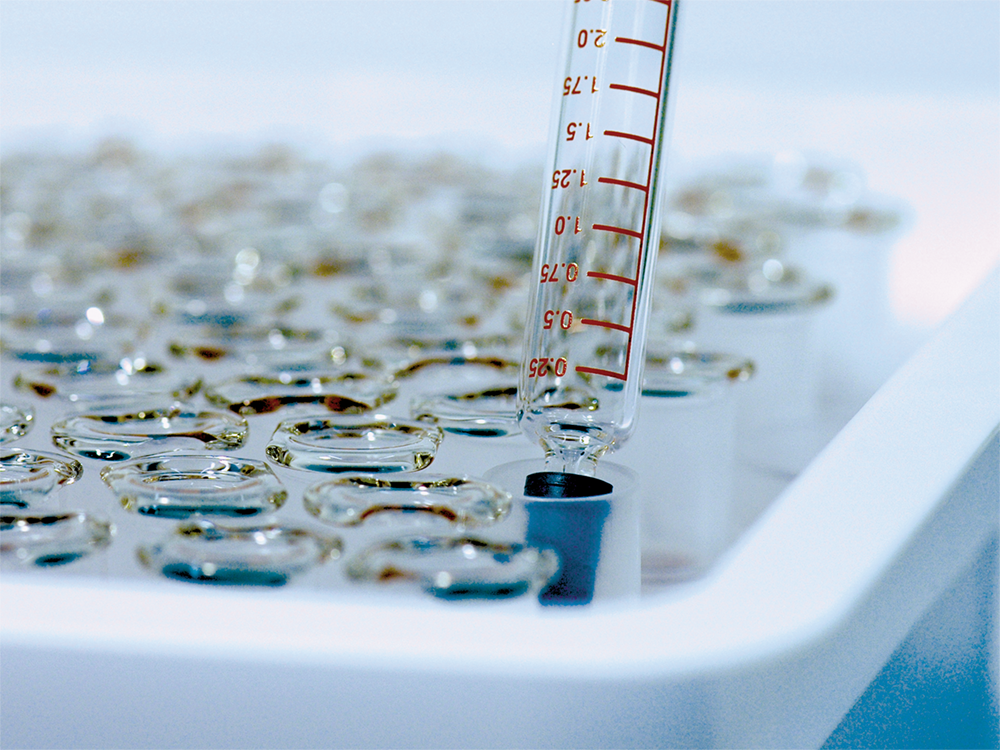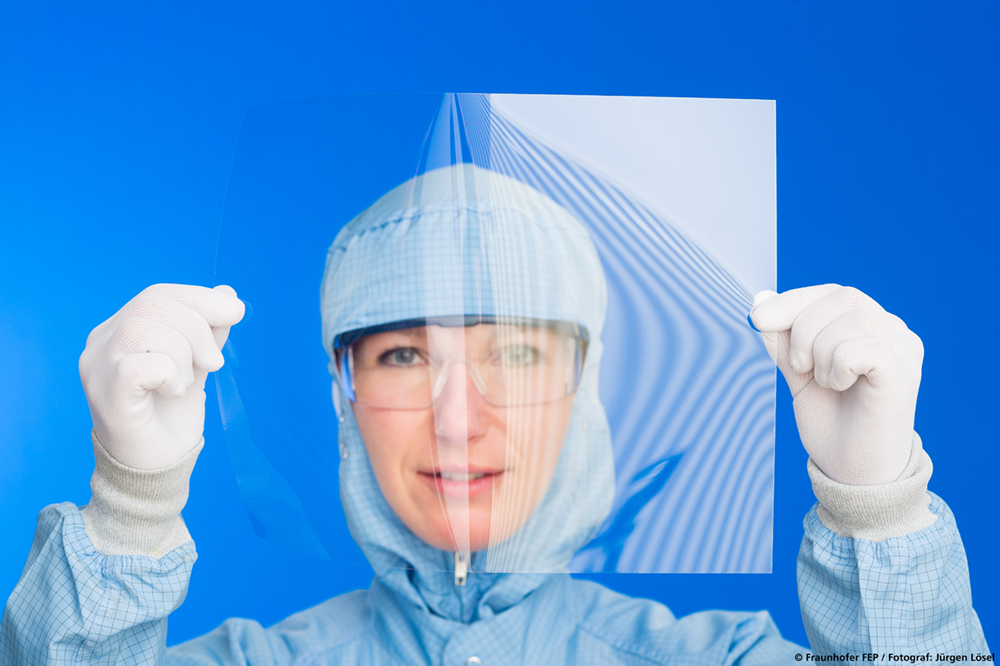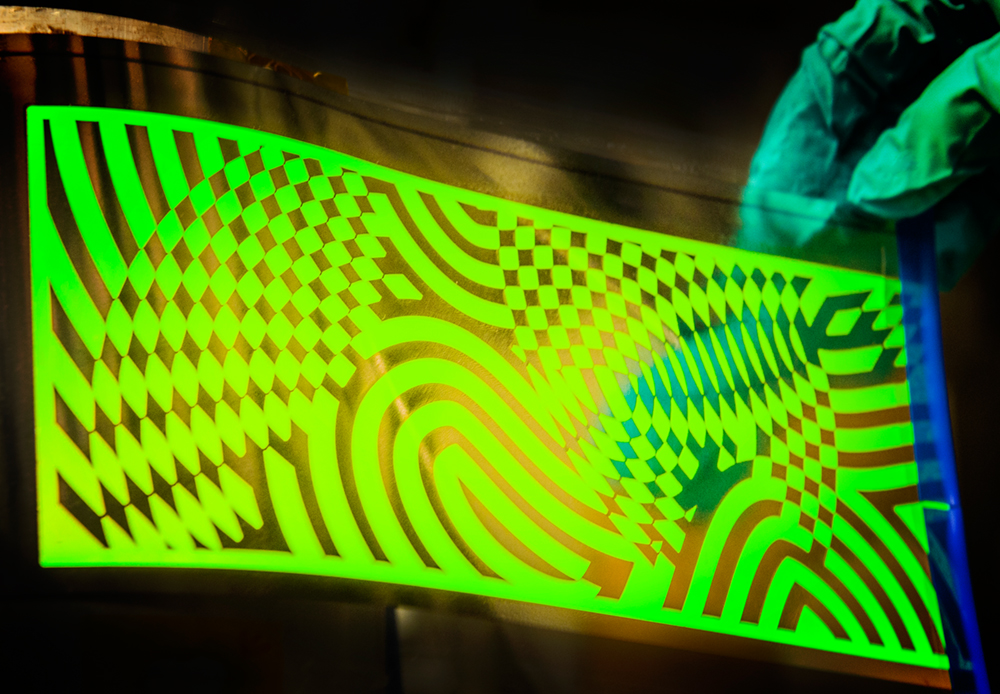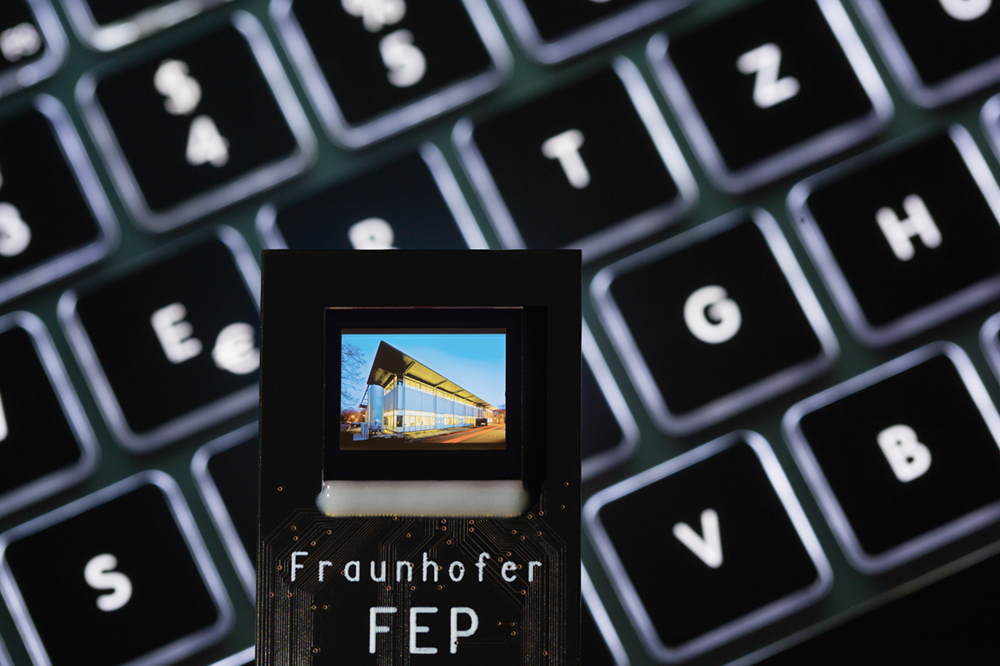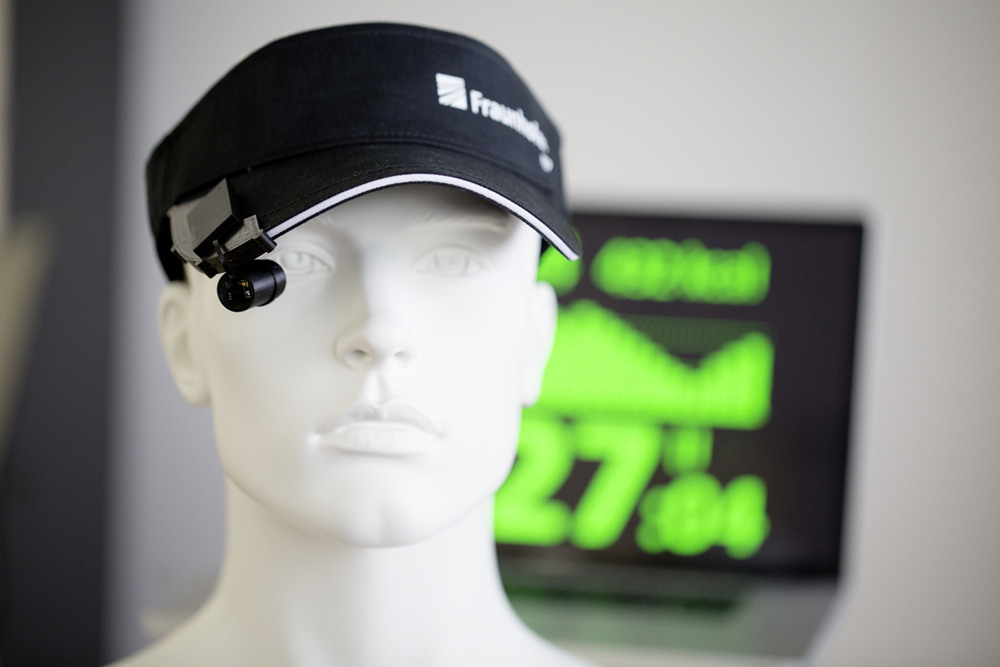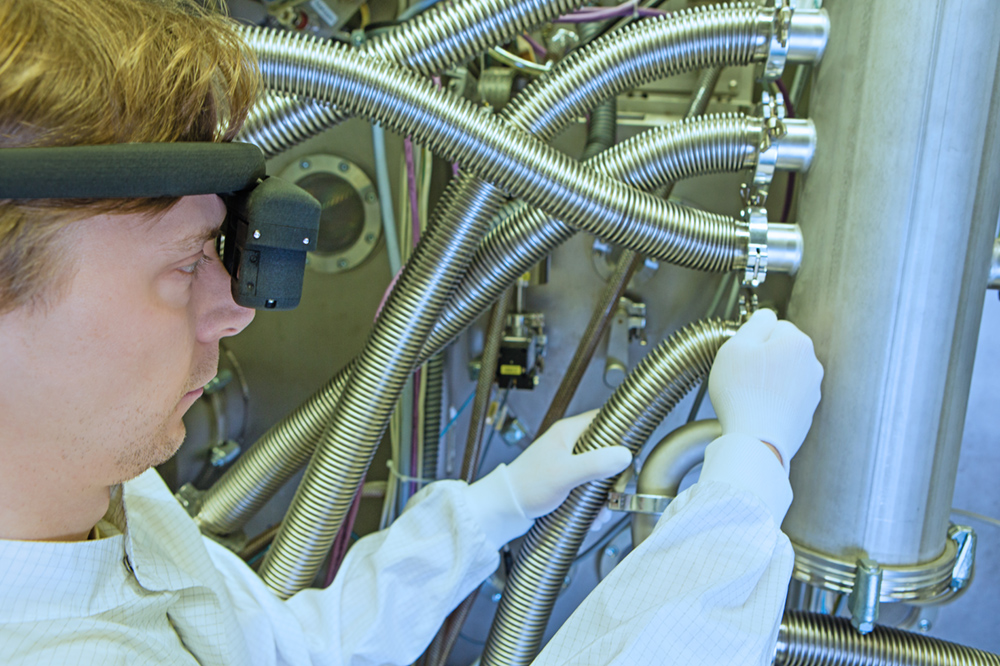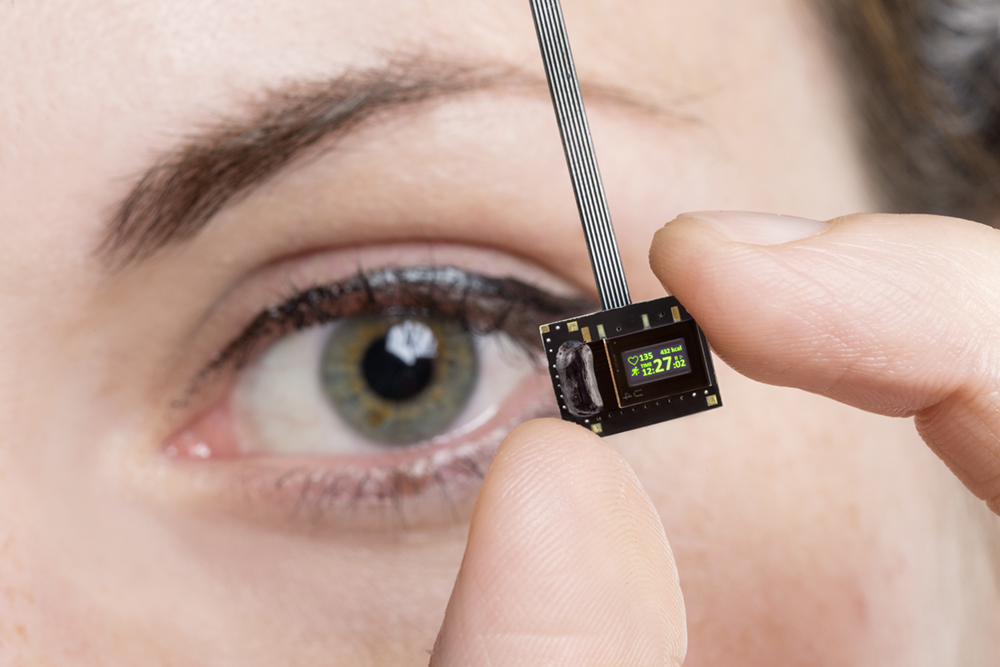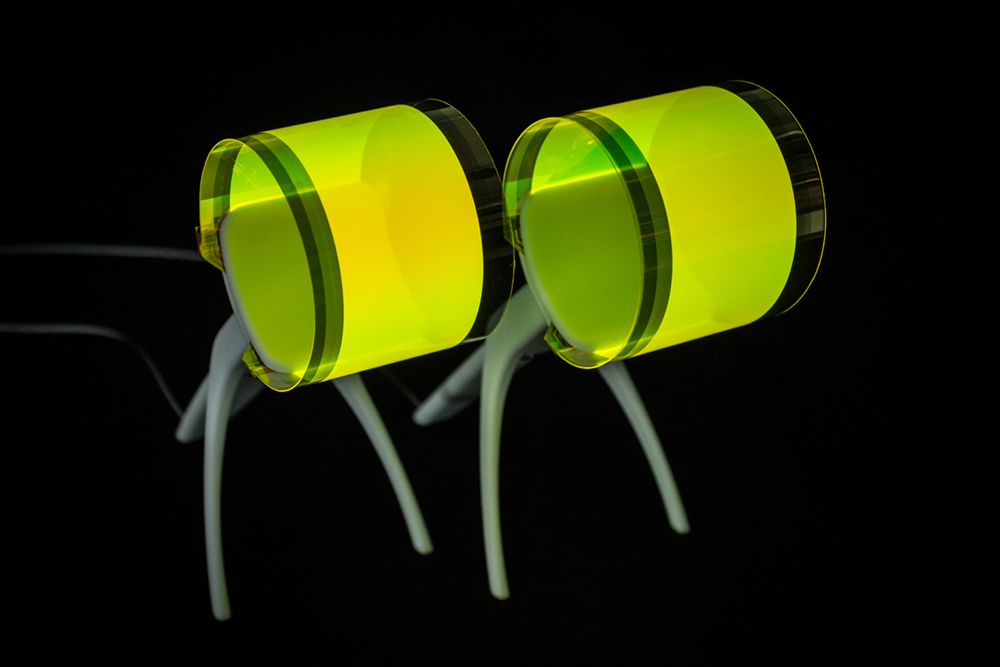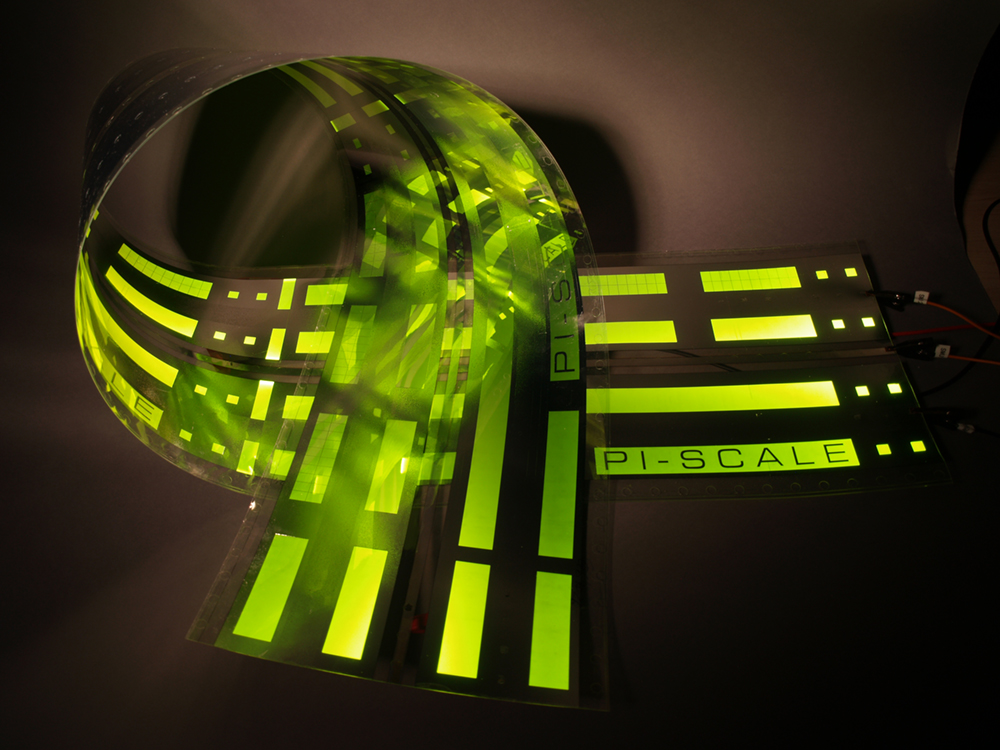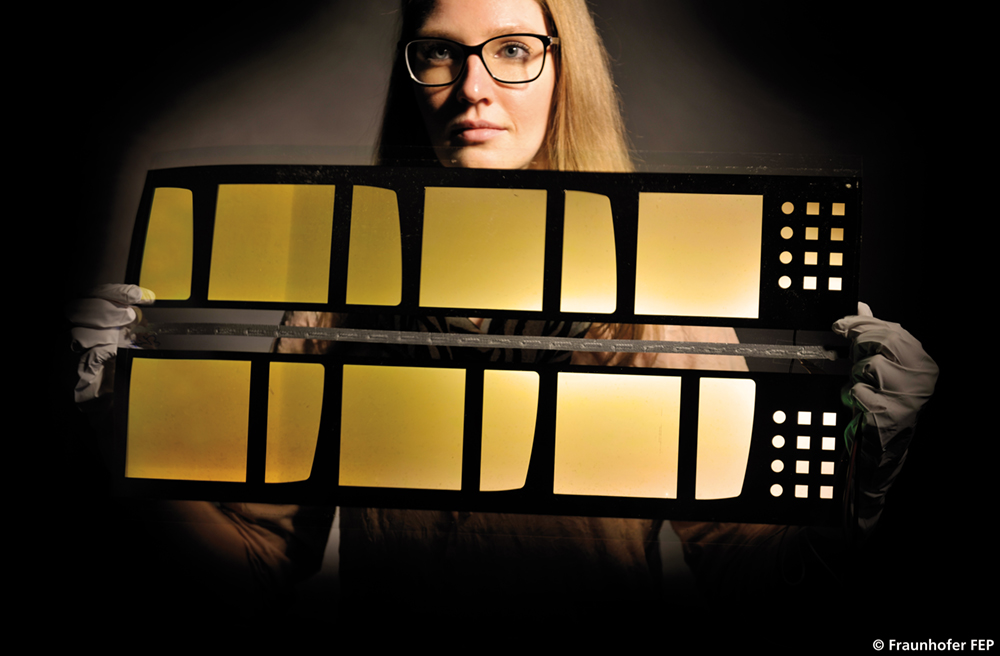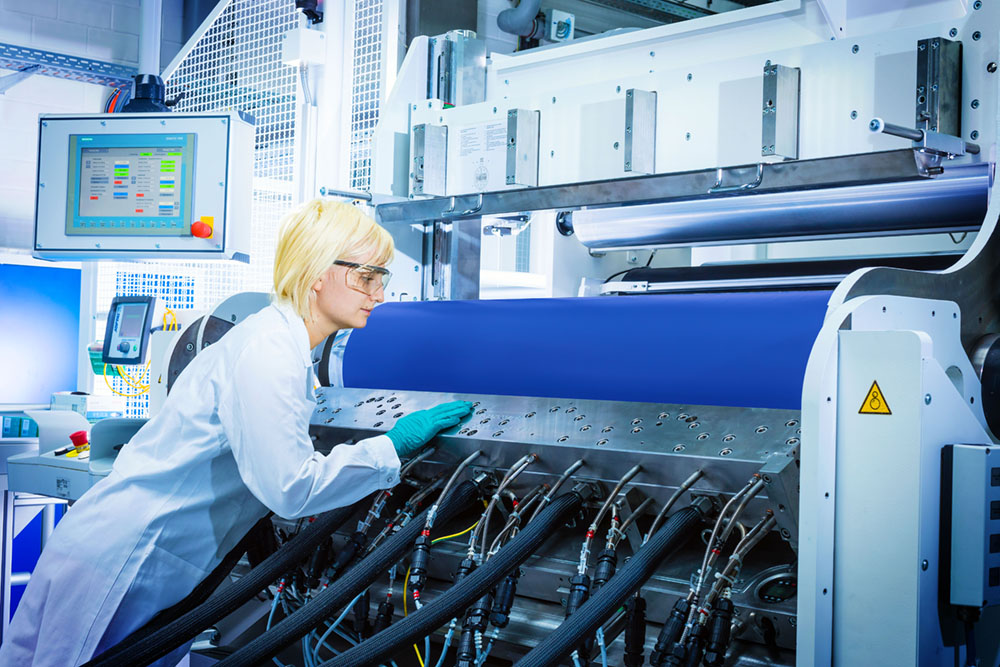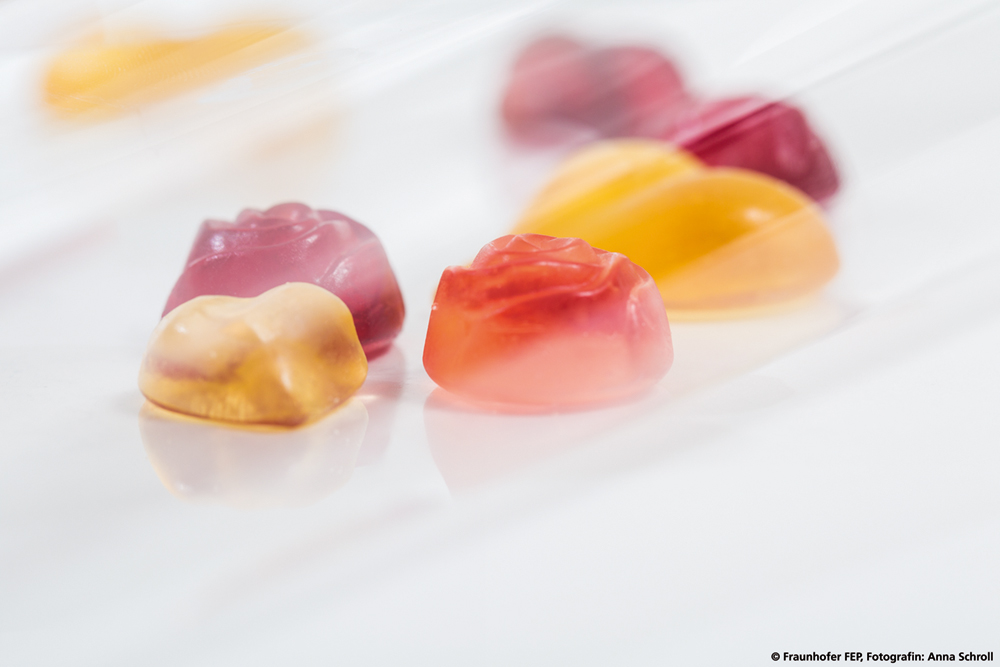Inactivate vaccines more effectively using electron beams
Since as early as the 1950s, toxic chemicals such as formaldehyde have been used to inactivate pathogens for so-called killed vaccines (e.g. to fight influenza, polio or hepatitis A viruses). This procedure, which has barely changed since, marked a milestone in infection biology at the time, however it is still subject to various limitations to this day. The chemical treatment, which can last several weeks, also destroys some of the pathogens' surface structures that the immune system could use to recognize and attack following infection. Drugs manufactured in this way either have to be administered in high concentrations or have to be boosted at regular intervals in order to offer sufficient protection – a fact that hampers their use in poorer and structurally weak countries.
Scientists at Fraunhofer FEP in conjunction with other partners within the Fraunhofer Gesellschaft have been conducting research for several years on employing electron-beam technology in medical engineering. Low-energy inactivation of pathogens by means of electron beams (LEEI – Low-Energy Electron Irradiation) can also be used for faster manufacture of more effective vaccines. Most vaccinations are based on inactivated vaccines, i.e. vaccines containing viruses that are inhibited from further reproduction. The pathogens can then no longer cause disease in patients. Nevertheless, the immune system still detects them and forms the corresponding antibodies to provide effective protection. Usually the pathogens must be kept in a chemical for several days until they are inactivated. Formaldehyde, for example, needs approximately two weeks in order to neutralize hepatitis A viruses. This expenditure of time is costly and a disadvantage for industry. In addition, formaldehyde attacks the viruses' proteins that the immune system forms the antibodies to. Formaldehyde thus alters the viruses, thereby reducing the actual effectiveness of the vaccine. The Fraunhofer consortium is very experience in the development of new technologies that use low-energy electron beams. The results of the project have established that the technology is fundamentally viable for a wide range of viruses, such as influenza and Porcine Reproductive and Respiratory Syndrome virus/PRRSV that triggers this syndrome in swine, as well as other types of pathogens like bacteria and parasites. The genetic substance necessary for the viruses to self-replicate is destroyed by the irradiation. However, the surface characteristics of the virus important for the immune system response are retained by LEEI, in contrast to chemical inactivation using toxins like formaldehyde. This allows the body to form antibodies having greater specificity for the pathogen, which provides improved protection. As a result, lower vaccination doses might be able to be employed. Moreover, just a few milliseconds are sufficient to inactivate the viruses or bacteria thanks to this technology, instead of several days or even weeks. An additional advantage of irradiation using low-energy electrons is that it can be carried out in any laboratory. Innovative medical products can likewise be sterilized effectively by low-energy electrons. Artificial knee joints with integrated electronics for monitoring deterioration are conceivable for example, or implants like cardiac valves with novel combinations of materials including biological tissue that need to be sterilized before their insertion.
 Fraunhofer Dresden
Fraunhofer Dresden